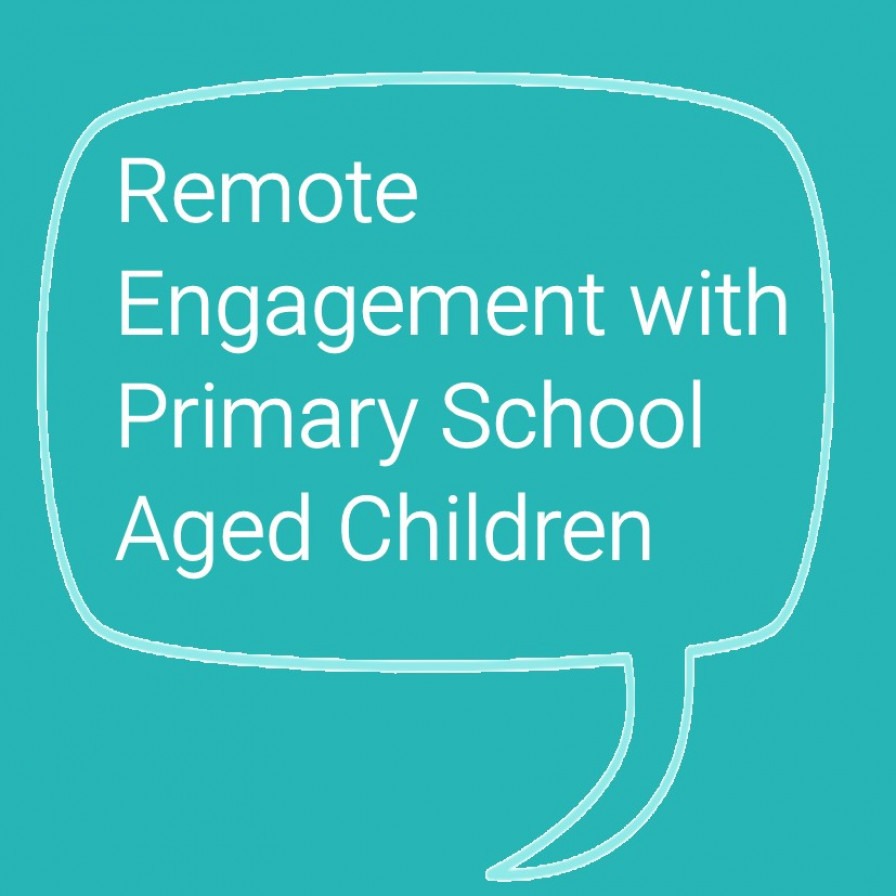Music Leader Exchange 1: Remote Engagement with Primary School Aged Children

The Music Leader Exchange is a series of 6 open conversations about what we've learned over the last year, facilitated by Music Leaders from the MAC Makes Music team. Participants are invited to share their ideas and experiences of music delivery in a supportive online space. This is a summary of the combined ideas from participants in that session.
Ann Jones led a discussion about using Zoom for live music-making sessions with primary school children while they’re at home during lockdown.
The main themes covered were:
- How to be child-centred
- Adapting your in-person approach for working online
- Overcoming challenges
How to be child-centred when working online?
Taking a child-centred approach has always been one of our top priorities to gain the trust of the young people we’re working with. It is always important to incorporate their favourite music and hobbies and when working online, you can really embrace technology to bring youth culture in to your sessions.
Be prepared to go out of your comfort zone - Familiarise yourself with how young people communicate online by exploring platforms like TikTok.
Communicate with video - Try sending videos of musicians to keep the young people inspired and invite them to send one back.
Set challenges – Challenges are fun and more appealing than ‘work’. Encourage young people to make a video response, or to set challenges for you. ‘Challenge Ann’ has been a real favourite with the young people!
How are you adapting your in-person plans for working online?
Plan more - It can be more difficult to ‘read the room’ online, so you may need to do extra planning. Have lots of ideas up your sleeve and offer choices to the young people to enable the session to flow
Embrace the internet! - It can be an excellent tool for young people to explore the music they want to play, but try to signpost safe sites like Soundcloud. Try watching a video together and playing along or even recording your own variation for young people to add their parts to.
Shorter sessions, smaller groups - Smaller groups often work better online which is a great opportunity for you to encourage young people to share their thoughts and check their wellbeing.
What are the challenges of working online and how can they be overcome?
Latency
- Experiment with drones and chord clusters.
- Make a sound story and invite everyone to use soundmakers from around the home. You could even try moving to different locations and ask the young people to create a sound track to where you are.
- Use backing tracks and don’t be afraid to ask people to mute themselves so they can join in.
- Set aside a few minutes for everyone to be off mute and make sounds together. This can be successful if it is a controlled activity, but be aware it can be overwhelming if it goes on for too long.
Lack of Instruments at home
- Use kitchen instruments e.g. cardboard boxes etc. This can give young people ownership of their instrument and they can stylize it however they like. They can also use it outside of sessions which may encourage them to keep making music.
- Body percussion
- Online instruments / drum machines
- Incorporate drawing sounds and singing them back
- Air playing is a great way to enjoy the physicality of playing without the instrument being there
Wellbeing
It can be difficult to read how participants are feeling when they are on Zoom.
- Use sensory objects like teddy’s, toys and puppets as a visual aid to check how young people are feeling. Sometimes it’s less intimidating talking to a teddy!
- There may be ways you can use snail mail to connect with young people who don’t engage online.
- Include a warm-down at the end of a session to relax and reflect on how you feel. This is particularly important when working online as the extra screen time can be challenging for some people.
Working online has been an entirely new feat for many of us, so try to enjoy the challenge, relax and have fun!

